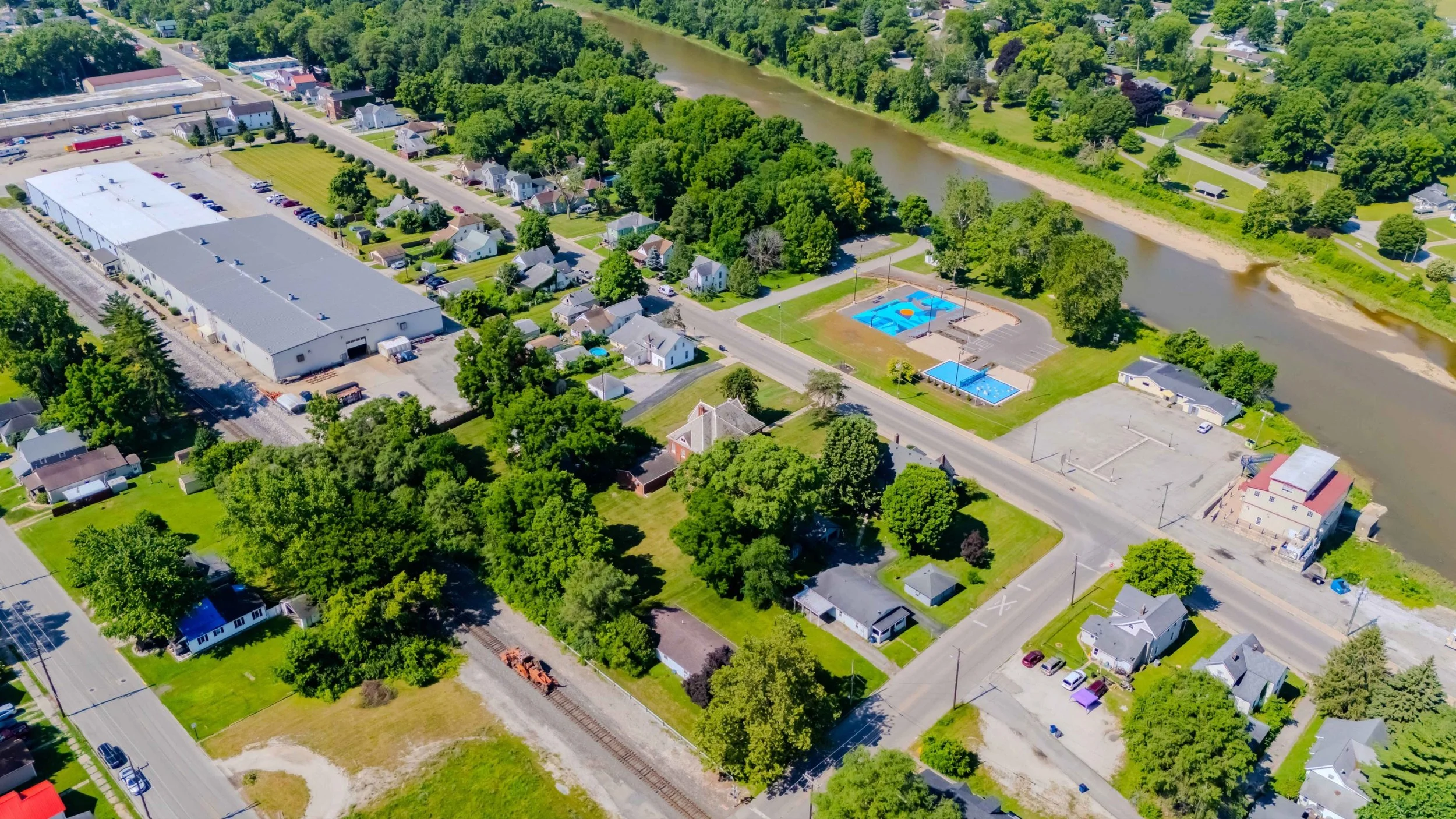
GRANT COUNTY
Welcomes You!
Quality of Place
Looking for a place that blends opportunity with quality of life? Grant County offers just that. With affordable housing, families find stability while enjoying a lower cost of living. Our 66,500 residents benefit from excellent healthcare access, safe neighborhoods, and vibrant cultural and recreational opportunities.
Education
Grant County offers a full range of educational opportunities from early childhood through higher education. Local schools provide tuition-free preschool, dual-credit, and career technical programs, while faith-based schools offer rigorous academics with advanced placement options.
Higher education institutions include Taylor University, Indiana Wesleyan University, and Ivy Tech Community College, each offering affordable, industry-aligned programs. Adults can earn a high school equivalency diploma at no cost, and income-eligible students may receive up to four years of tuition support.
-
$9 Billion Per Year in K-12 Funding
Indiana General Fund Appropriations FY2026/2027
-
Ranked 3rd in Nation
Center for Education Reform’s Parent Power Index
-
Ranked 8th in Nation for Education
WalletHub
“ideal for logistics, workforce access, and regional reach”
Strategic locations near I-69, placing Grant County just 1.5 hours from Indianapolis and 1 hour from Fort Wayne. Stay connected to major Midwest markets while keeping the small-town charm and community feel.

FEATURED ATTRACTIONS
Grant County brings together arts, performance, nature, and community in ways that delight residents, visitors, and businesses looking for a place with heart and vibrancy.
Relocation and Living Resources
Greater Grant County (Chamber of Commerce): local updates, business happenings, and community integration efforts
Forge East Central Indiana (ECI): support existing businesses, enhance livability across the region, and work collaboratively with local governments, economic development organizations, and the state to provide resources
Livability East Central Indiana: features stories on local food scenes, cultural attractions, regional trail systems like the Cardinal Greenway, funding for arts and culture, and economic/educational initiatives


